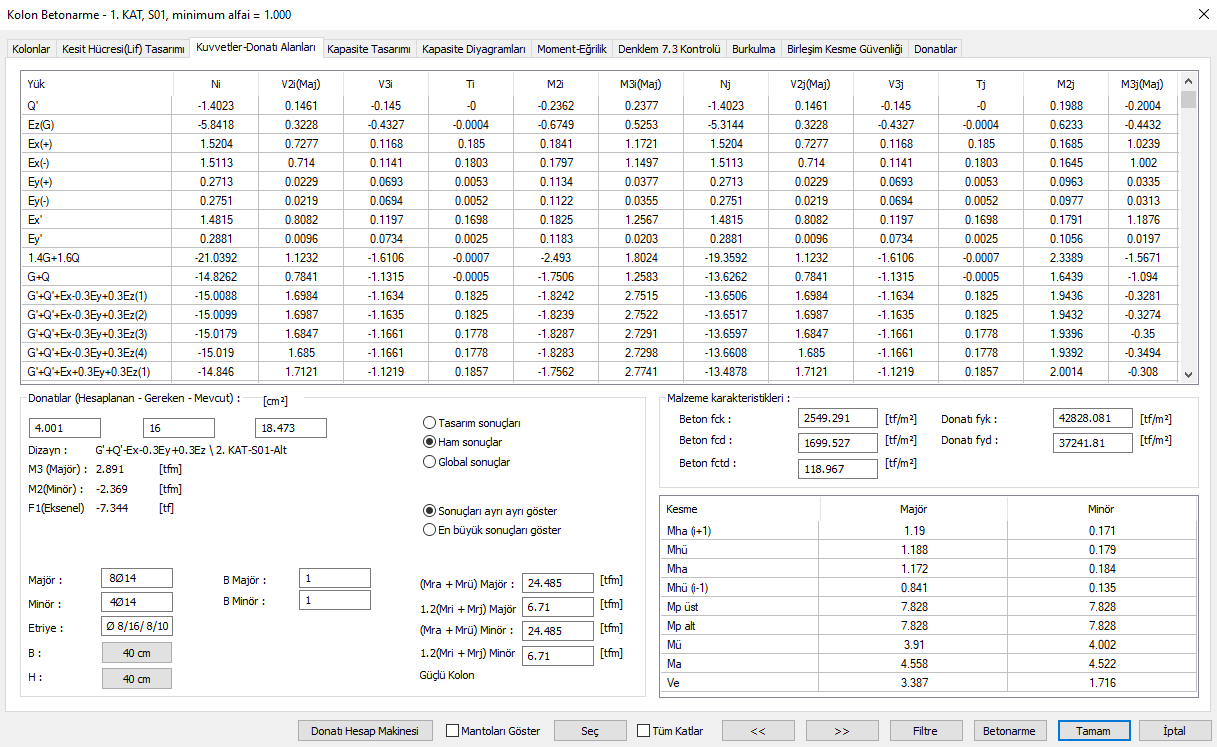Load Combinations of Earthquake Effects for Perpendicular Directions (4.4.2.1)
Earthquake effects determined in the horizontal X and Y directions perpendicular to each other are automatically combined with Equation 4.9 .
Symbols
E d = Direction of combining applied design on the total earthquake effects
E d (H) = Directional coupling applied design basis vertical seismic effect
E d (X) = (X) design under the influence of earthquakes in the principal direction of earthquake effects
E d (Y) = (Y ) earthquake effect under the effect of the earthquake in the direction of the design
Earthquake is a three-dimensional and dynamic effect. During an earthquake, the earth's crust moves simultaneously in three directions, two horizontal and vertical directions . Therefore, their designs should be made under this three-dimensional effect.
If the earthquake calculation is solved with equations of motion representing dynamic behavior in the time domain, the effects in three directions can be considered at the same time. However, since the effect of the vertical component is very low compared to the horizontal effects, the calculation is made on two horizontal directions. In the time domain, the calculation is not used except for special structures due to various difficulties and especially time savings.
For standard structure design used due to regulations worldwide Equivalent Seismic Load Method and Modal Analysis which is used as a data earthquake need logic design spectrum, the earthquake calculated for a direction to the maximum total acceleration corresponds, therefore separate accounts for both horizontal direction Determined and determined magnitudes such as internal force and displacement are obtained approximately with the direction combining rules developed by statistical studies .
In TBDY 2018, as in DBYBHY 2007, 30% of the main direction and the other direction are combined.

Determining the horizontal earthquake effects in accordance with TBDY 2018 and combining them with the method mentioned above is automatically performed by ideCAD Statik. It is detailed in the program interface and reports. The horizontal earthquake effect is symbolized by Ex and Ey, it is included in the heading of loading status and loading combinations in the optional report. Within the loading combinations, the joining according to the 30% rule is also made and the coefficients of the horizontal directions are specified in the combination. It will be seen in the strength-reinforcement area tab in the reinforced concrete column dialog shown below for example.


